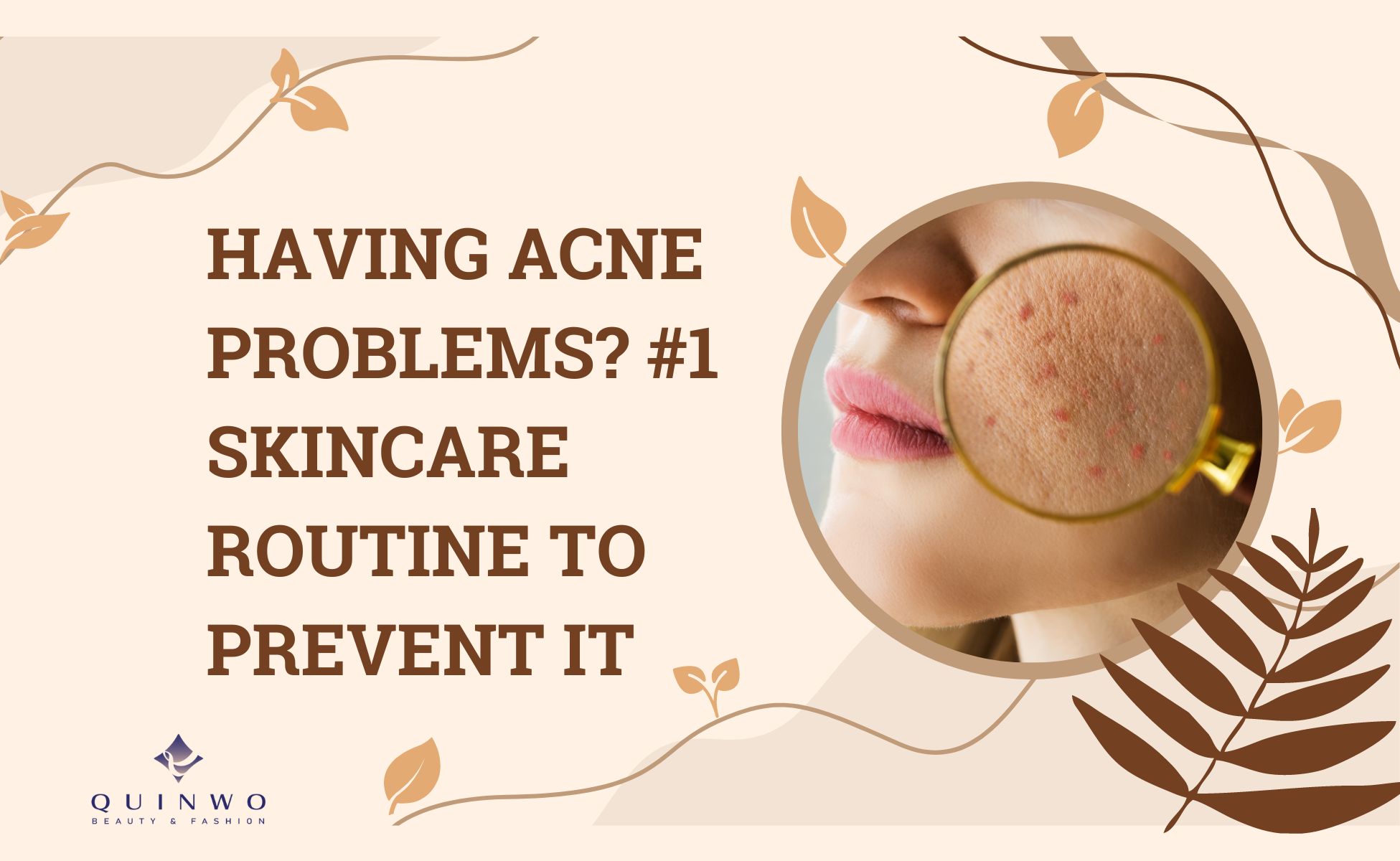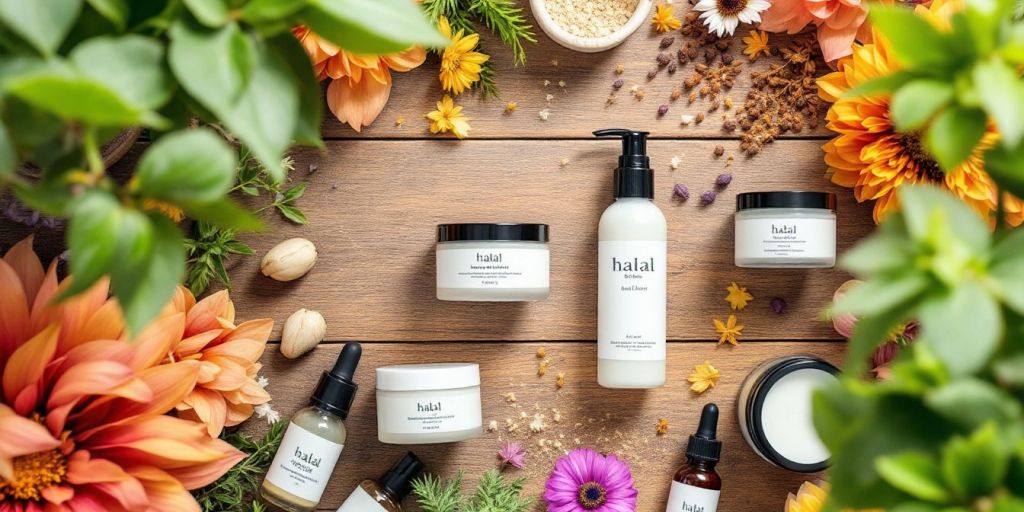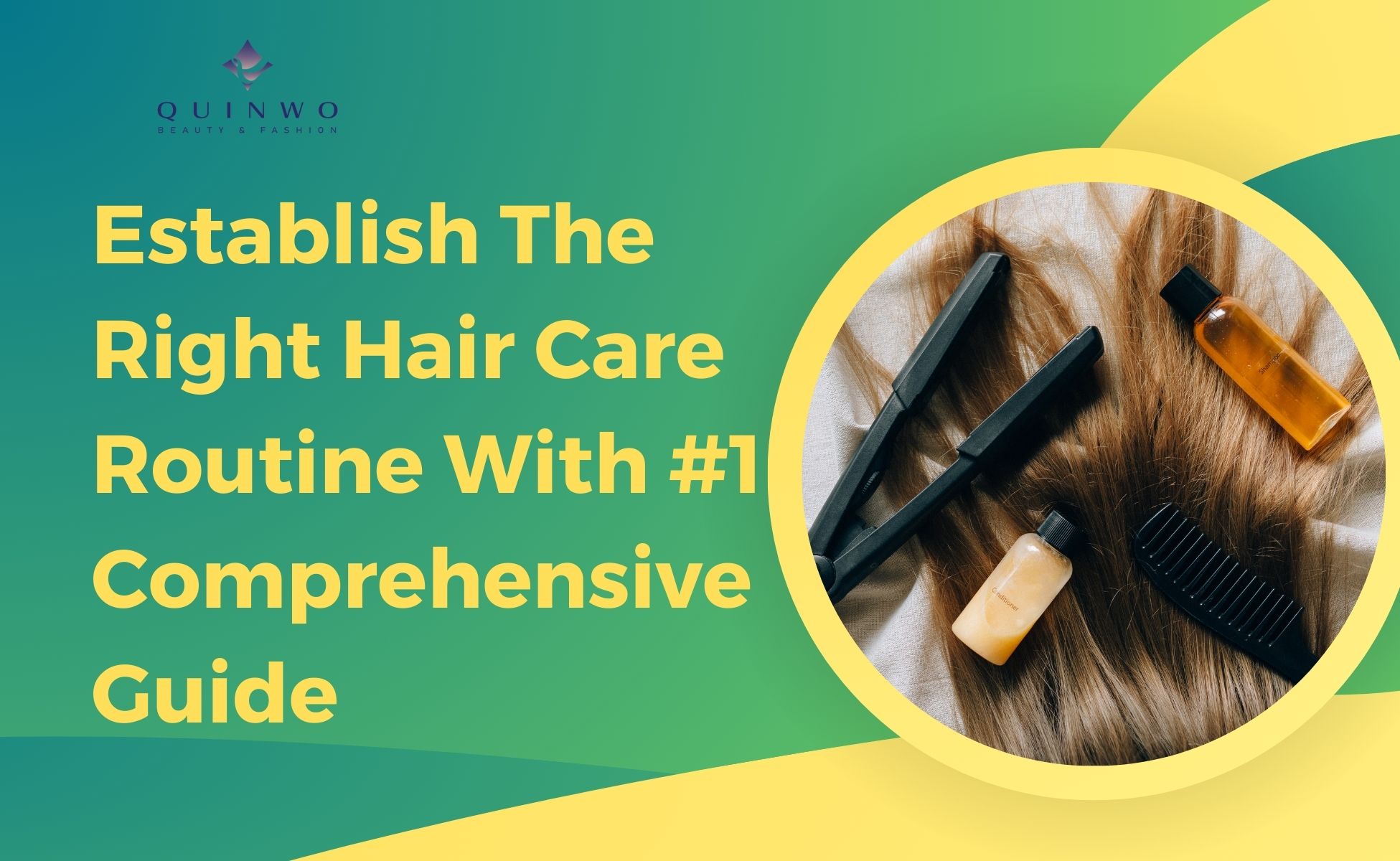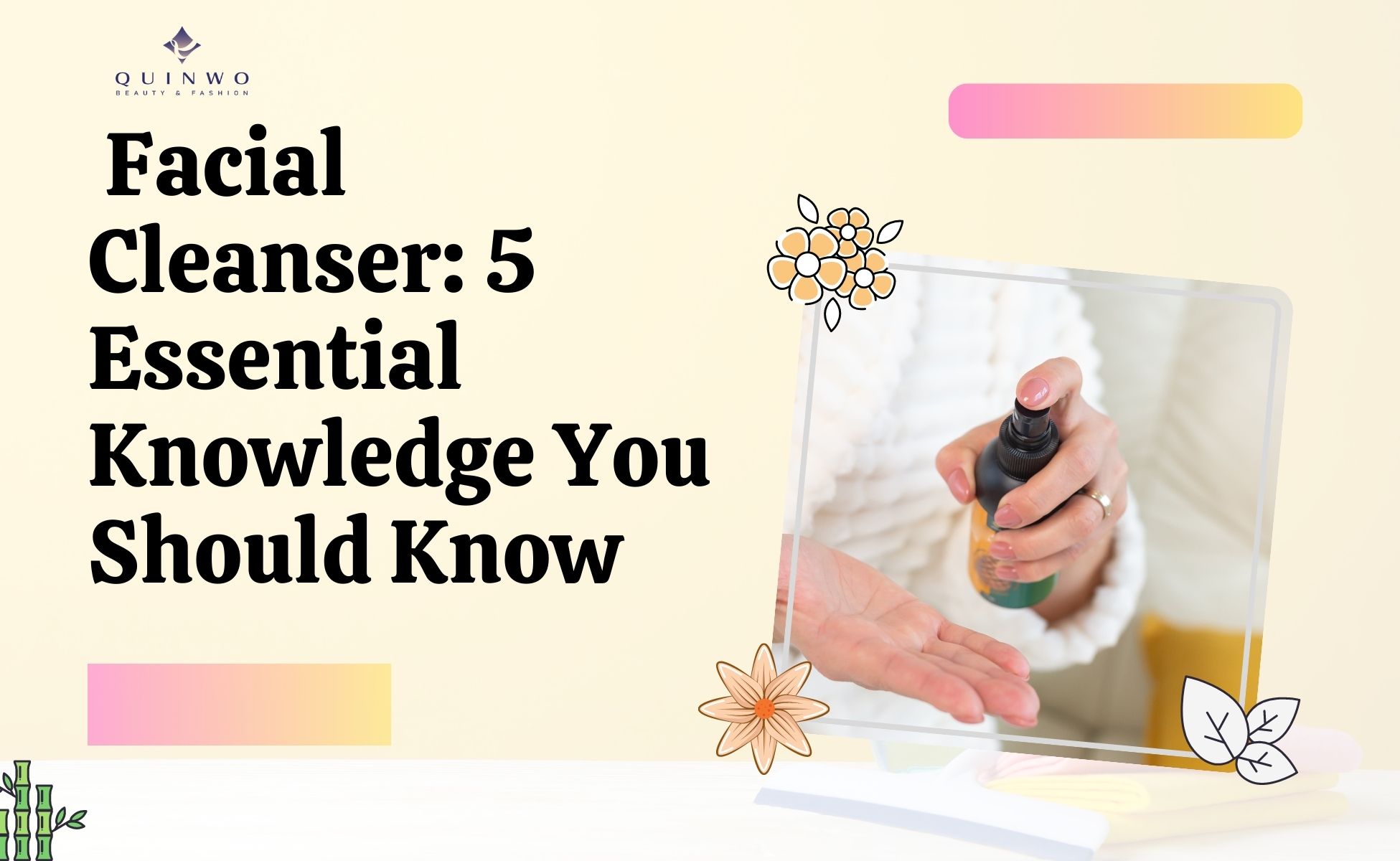Having Acne Problems? #1 Skincare Routine To Prevent It
Acne problems are a skin condition you don’t want to have. Acne is a common skin condition that affects millions of people worldwide, regardless of age or gender. Dealing with acne can be frustrating and often affects one’s self-esteem.
Many factors contribute to acne, including hormones, genetics, and lifestyle choice. A good acne skincare routine can help you when prone to breakouts. It can help to remove excess oil from your skin, keep pores clear, and help blemishes heal more quickly.
You should adopt a consistent and effective skincare routine to prevent breakouts and achieve clear, healthier-looking skin. But with so many products and so much information you can get from the market. Creating a skincare routine to solve your acne problem can be confusing.
Your skincare routine doesn’t need to be complex. In this article, we will discuss the steps for your skincare routine to help you prevent acne problems and promote a smoother complexion.
Causes Of Acne Problems
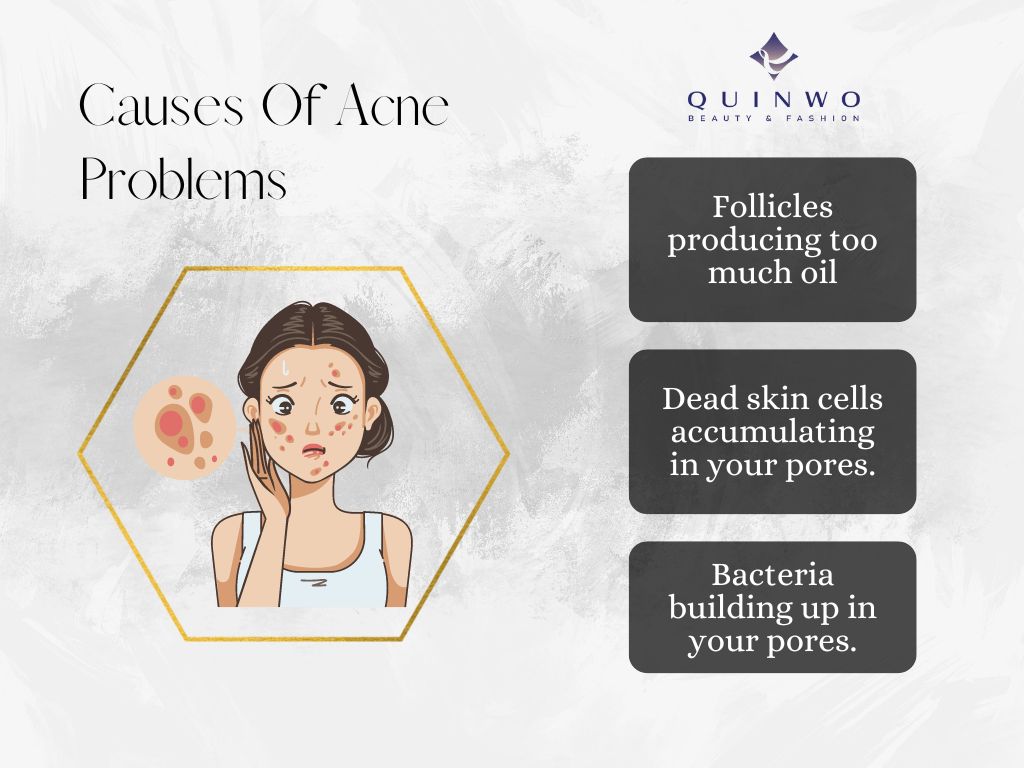
A combination of hormones, oil, and bacteria causes acne. When the follicles are clogged, the sebum will stay in the pores, leading to acne. The pore in your skin is the opening to a hair follicle. It is made of a hair and sebaceous, or oil gland. The sebum released from the oil gland helps keep your skin lubricated and soft.
Many factors will cause acne, including your follicles producing too much oil, dead skin cells, and bacteria building up in your pores. Hormonal changes are usually the cause of producing too much oil, such as menstrual cycle, puberty, pregnancy, and menopause.
Acne outbreaks usually happen in teenagers but can still happen at any age. No matter the reasons, acne occurs when your pores become clogged.
Prevent Acne Problems Step 1 - Cleanse Gently But Thoroughly

Use your fingertips or a soft washcloth to cleanse your face thoroughly. Ensure you wash your neck, jawline, and the front and back of the ears. You don’t have to scrub aggressively or use rough pads to clean your face.
Look for the right cleanser specifically formulated for your skin type. The cleanser you choose also depends on whether you use prescription acne medication. Avoid harsh cleansers, as they can strip away the skin’s natural oils and cause dryness. It will end up irritating your skin.
An over-the-counter (OTC) acne treatment wash is a good option if you have a mild breakout. Find a cleanser that contains benzoyl peroxide or salicylic acid. If you are on prescription acne medication, look for a gentle, non-medicated cleanser instead. Cetaphil and unscented Dove are excellent choices.
Do a double wash at night if you wear makeup or get sweaty during the day. Cleanse your skin, rinse well, and repeat again. This extra cleanse can help you wash away all makeup, dirt, and sweat traces every night.
After rinsing, gently pat your face dry with a clean towel. Avoid rubbing or scrubbing, as this can cause friction and irritation. Patting allows your skin to retain some moisture, preventing excessive drying.
Prevent Acne Problems Step 2 - Use Toner Or Astringent

This step is not compulsory. Toners or astringents can help to remove excess oil, tone, hydrate, or help fight blackheads and blemishes.
Apply toner to a cotton ball or pad and smooth over your face and neck gently. It will help remove any leftover makeup, cleanser residue, and oil. Astringent is best for oily skin types as it can remove excess oil from the skin. If you have dry skin, it is best to use a hydrating toner.
When choosing the skincare product, pay attention if the content contains any alcohol, as alcohol can be drying and irritating. It will be more irritating for sensitive skin types. For people who have sensitive skin, it is best to look for alcohol-free products. Take note that alcohol-based toners can sting open pimples.
Toners do help to remove excess oil, makeup, and cleanser. But if toners or astringents irritate or over-dry your skin, stop using them.
Prevent Acne Problems Step 3 - Apply Acne Medications

Acne medications come in various forms, including topical creams, gels, lotions, or spot treatments. They contain active ingredients that target the underlying causes of acne. After applying toner, wait for it to dry completely before you apply acne medications. If you didn’t apply toner, apply the acne medication after you have washed and dried your face.
When applying acne medications, start with a small amount to avoid potential irritation or dryness. If your skin tolerates the medication well, you can gradually increase the amount over time, following the instructions.
Whether what form of acne medication you are using gives the medication enough time to be absorbed into the skin. Follow the recommended drying time specified in the product instructions before moving on to the next step in your skincare routine.
Prevent Acne Problems Step 4 - Apply Moisturizer

It may seem counter-intuitive to moisturize acne-prone skin, but using the right moisturizer can help balance oil production, maintain hydration, and support overall skin health, especially acne medication can dry out your skin. Use a light moisturizer twice daily to reduce dry and peeling skin.
When selecting a moisturizer for acne-prone skin, the goal is to provide hydration rather than controlling oil production. Maintaining proper hydration can help prevent overproducing oil, which can lead to more breakouts.
Get a moisturizer that won’t leave you feeling slick and greasy. Many moisturizers in the market for oily skin types can absorb fully and won’t aggravate acne.
The moisturizer comes in many forms. Moisturizing gels and lotions are lighter than cream. Find one that is labeled oil-free and noncomedogenic so it won’t clog your pores. You may try out the different brands to find one that suits you.
Here are the steps for your skincare routine for your acne problems. You don’t have to go for the most expensive product. The most important thing is to be consistent. It won’t harm if you skip a day here and there. But the more consistent you are, you will get a better result.

